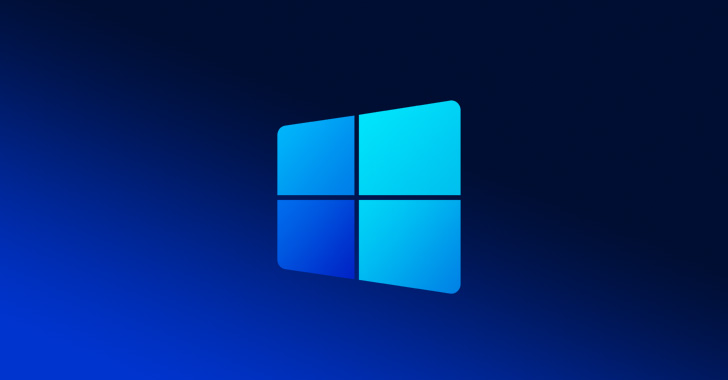
Tech giant Microsoft on Tuesday shipped fixes to quash 64 new security flaws across its software lineup, including one zero-day flaw that has been actively exploited in real-world attacks.
Of the 64 bugs, five are rated Critical, 57 are rated Important, one is rated Moderate, and one is rated Low in severity. The patches are in addition to 16 vulnerabilities that Microsoft addressed in its Chromium-based Edge browser earlier this month.
“In terms of CVEs released, this Patch Tuesday may appear on the lighter side in comparison to other months,” Bharat Jogi, director of vulnerability and threat research at Qualys, said in a statement shared with The Hacker News.
“However, this month hit a sizable milestone for the calendar year, with MSFT having fixed the 1000th CVE of 2022 – likely on track to surpass 2021 which patched 1,200 CVEs in total.”
The actively exploited vulnerability in question is CVE-2022-37969 (CVSS score: 7.8), a privilege escalation flaw affecting the Windows Common Log File System (CLFS) Driver, which could be leveraged by an adversary to gain SYSTEM privileges on an already compromised asset.
“An attacker must already have access and the ability to run code on the target system. This technique does not allow for remote code execution in cases where the attacker does not already have that ability on the target system,” Microsoft said in an advisory.
The tech giant credited four different sets of researchers from CrowdStrike, DBAPPSecurity, Mandiant, and Zscaler for reporting the flaw, which may be an indication of widespread exploitation in the wild, Greg Wiseman, product manager at Rapid7, said in a statement.
CVE-2022-37969 is also the second actively exploited zero-day flaw in the CLFS component after CVE-2022-24521 (CVSS score: 7.8), the latter of which was resolved by Microsoft as part of its April 2022 Patch Tuesday updates.
It’s not immediately clear if CVE-2022-37969 is a patch bypass for CVE-2022-24521. Other critical flaws of note are as follows –
- CVE-2022-34718 (CVSS score: 9.8) – Windows TCP/IP Remote Code Execution Vulnerability
- CVE-2022-34721 (CVSS score: 9.8) – Windows Internet Key Exchange (IKE) Protocol Extensions Remote Code Execution Vulnerability
- CVE-2022-34722 (CVSS score: 9.8) – Windows Internet Key Exchange (IKE) Protocol Extensions Remote Code Execution Vulnerability
- CVE-2022-34700 (CVSS score: 8.8) – Microsoft Dynamics 365 (on-premises) Remote Code Execution Vulnerability
- CVE-2022-35805 (CVSS score: 8.8) – Microsoft Dynamics 365 (on-premises) Remote Code Execution Vulnerability
“An unauthenticated attacker could send a specially crafted IP packet to a target machine that is running Windows and has IPSec enabled, which could enable a remote code execution exploitation,” Microsoft said about CVE-2022-34721 and CVE-2022-34722.
Also resolved by Microsoft are 15 remote code execution flaws in Microsoft ODBC Driver, Microsoft OLE DB Provider for SQL Server, and Microsoft SharePoint Server and five privilege escalation bugs spanning Windows Kerberos and Windows Kernel.
The September release is further notable for patching yet another elevation of privilege vulnerability in the Print Spooler module (CVE-2022-38005, CVSS score: 7.8) that could be abused to obtain SYSTEM-level permissions.
Lastly, included in the raft of security updates is a fix released by chipmaker Arm for a speculative execution vulnerability called Branch History Injection or Spectre-BHB (CVE-2022-23960) that came to light earlier this March.
“This class of vulnerabilities poses a large headache to the organizations attempting mitigation, as they often require updates to the operating systems, firmware and in some cases, a recompilation of applications and hardening,” Jogi said. “If an attacker successfully exploits this type of vulnerability, they could gain access to sensitive information.”
Software Patches from Other Vendors
Aside from Microsoft, security updates have also been released by other vendors since the start of the month to rectify dozens of vulnerabilities, including —









